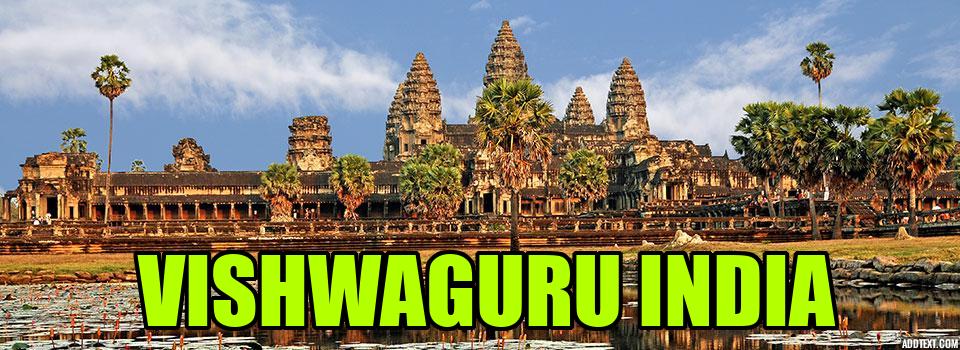Bhagvad Gita Quotes on Soul

Bhagvad Gita describes the spirit soul in the following ways. Subjects Spirituality Bhagvad Gita Bhagwad Puran Buddhism Krishna Guru First & Earliest Influence of Culture Knowledge History Past Glories Unique India Chanakya Video





